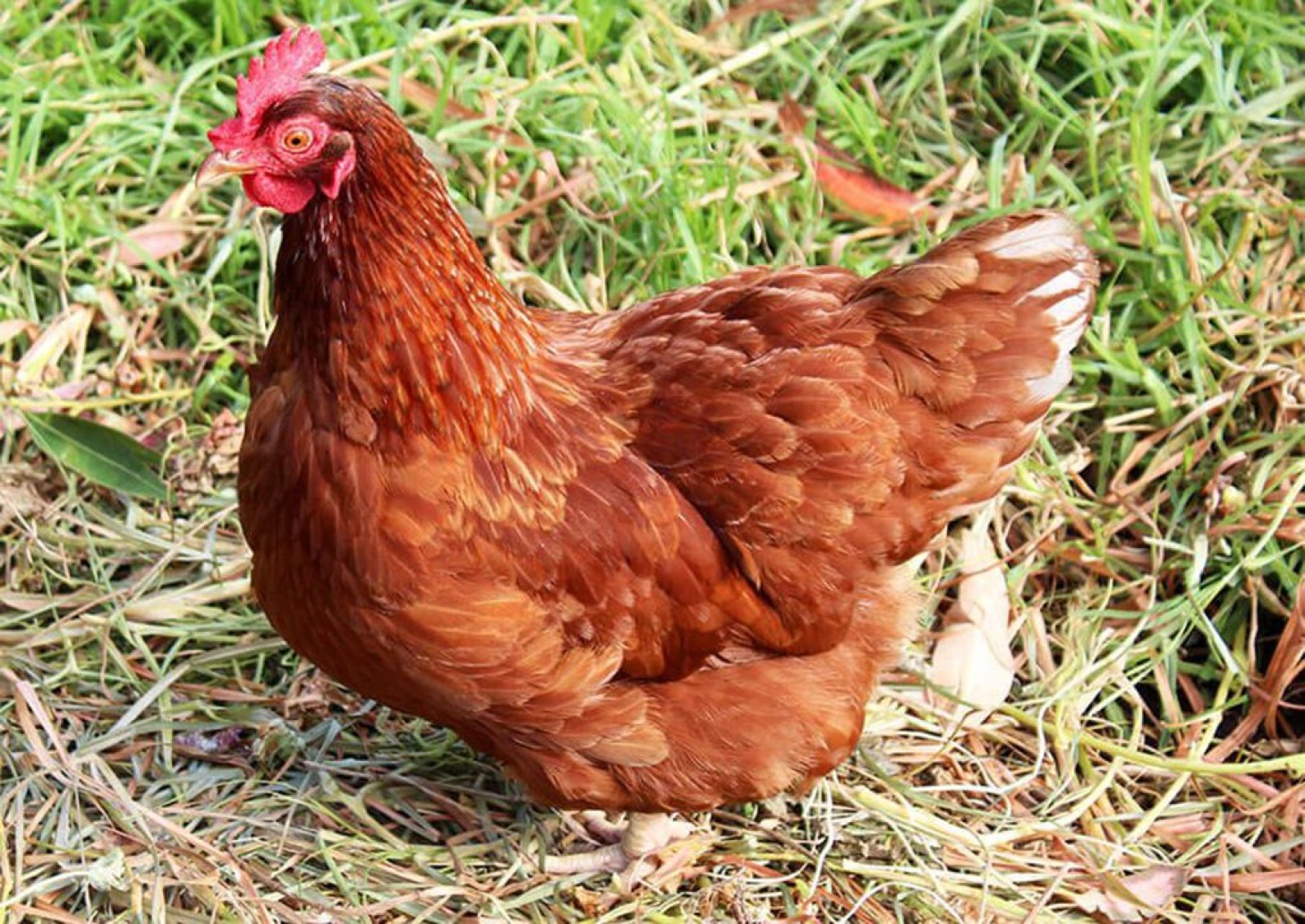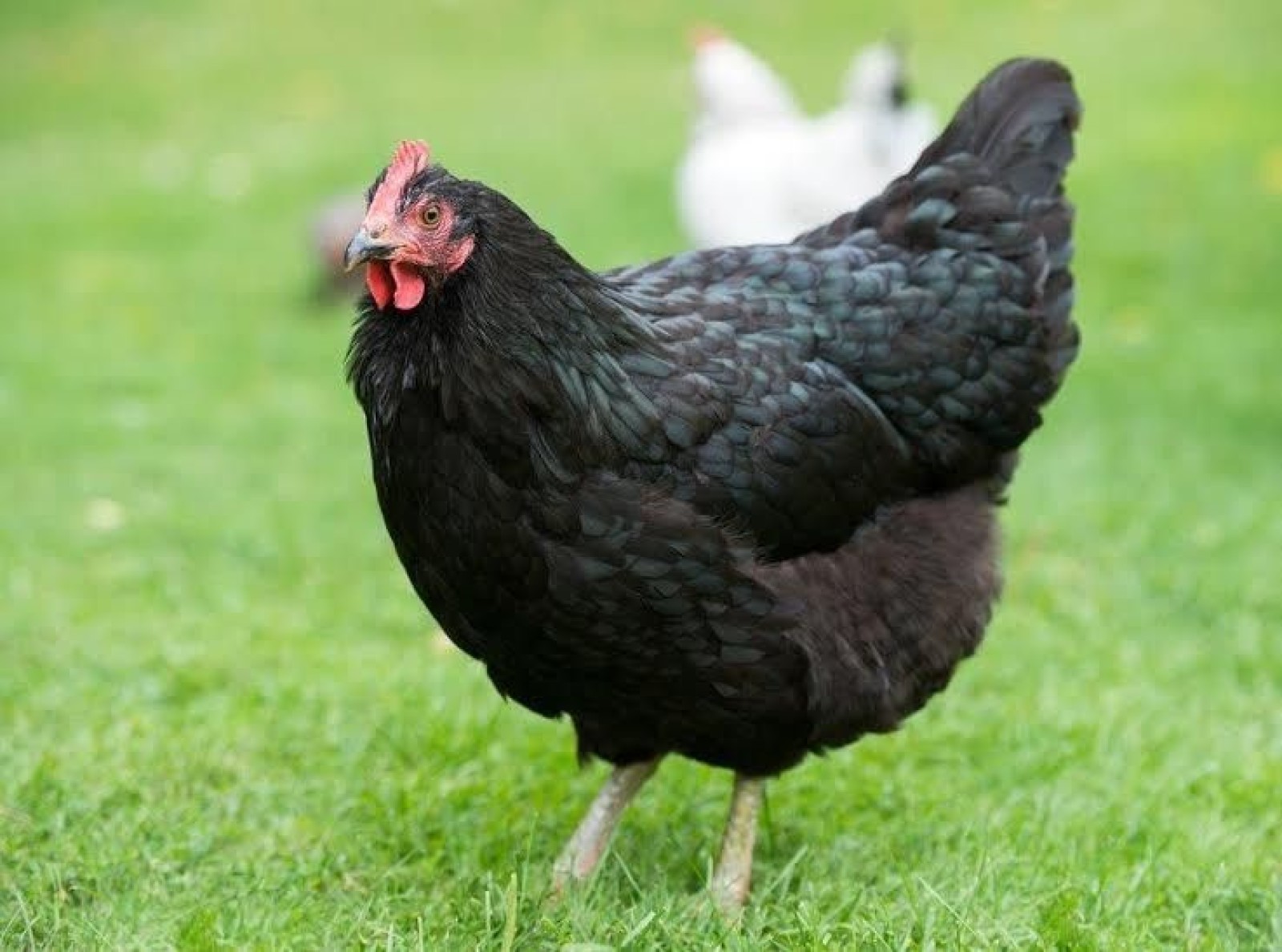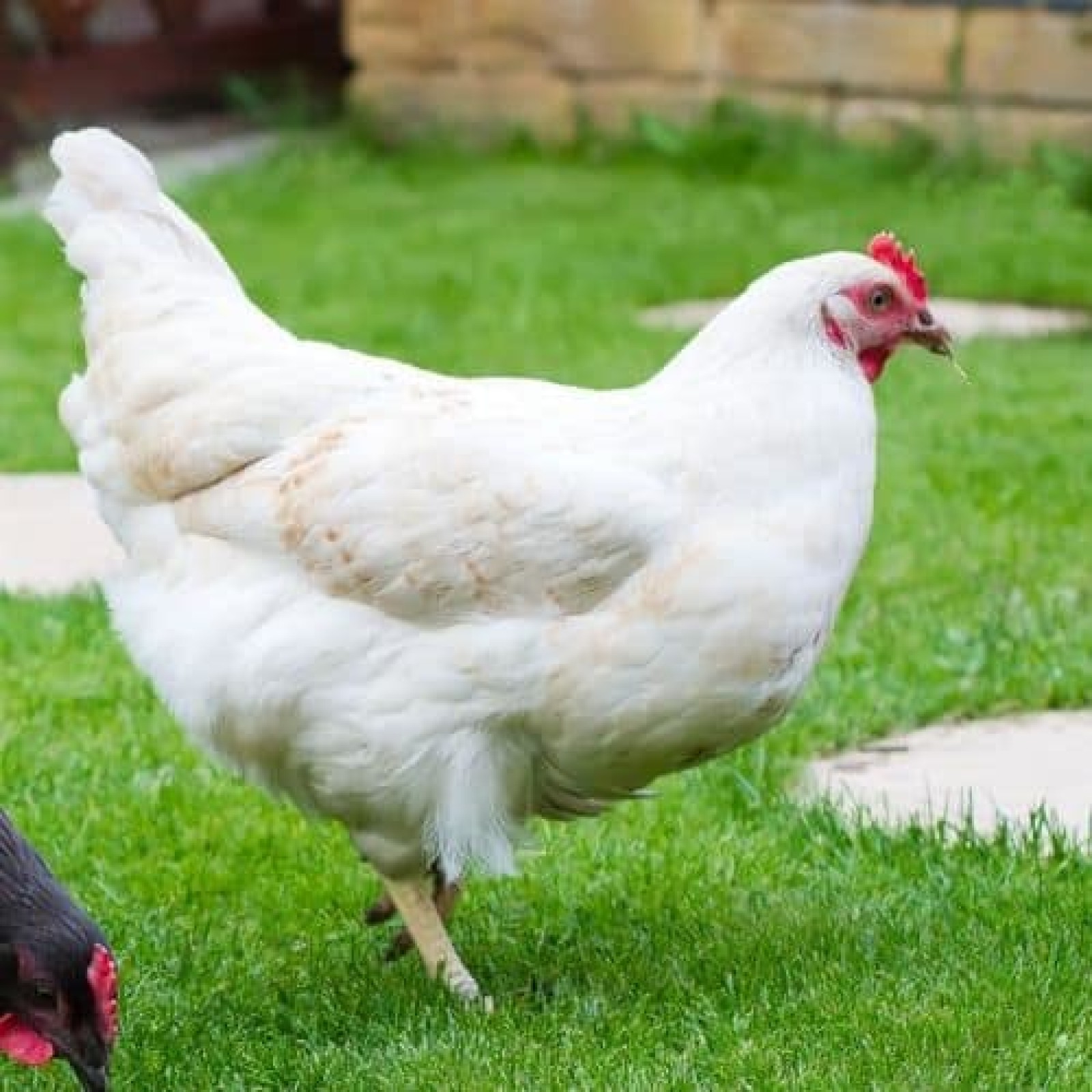Available breeds

Brown Layer Pullets
A breed which has a medium sized frame and variegated brown in colour with white flecks through the feathers. Browns are one of the best breeds for a first time chicken owner - they are very personable, gentle and docile in nature and tend to not be too flighty. Eggs are medium brown in shell colour and you can expect approximately 300 eggs per year under optimal conditions.

Black Cross Layer Pullets
A cross breed made by Black Australorp cross with a Rhode Island Red which has a medium sized frame with a lovely green sheen to the black features when in the sunlight and some have red flecks in the feathers around their necks. This breed is very hardy and adaptable to a variety of conditions and will grow to be very curious in their surrounding environment. Eggs are light brown in shell colour and you can expect approximately 280 eggs per year under optimal conditions.

White Cross Layer Pullets
A cross breed made by White Leghorn cross with a Rhode Island White which features a smaller-framed, lighter body and tend to consume less than their fellow cross breeds. This breed tends to be a little shy though with time and patience they can grow to be very friendly. Eggs are white to off white in shell colour and you can expect approximately 280 eggs per year under optimal conditions.
Care information
Your chickens will arrive fully vaccinated against a range of diseases including Infectious Bronchitis at day old, I.L.T at 4 weeks old, Newcastle Disease (live vaccine at 4 weeks old, killed vaccine at 8 weeks old), Salmonella, Mareks Disease and Fowl Pox.
In spring/summer: Approximately 20-22 weeks, In autumn/winter: Approximately 20-24 weeks.
Up to 18 weeks old – Pullet Grower
Over 18 weeks old – Layer Pellets (15% - 17% protein)
We strongly advise that you feed pullets less than 18 weeks of age ONLY Pullet Grower as other diets such as laying pellet, grain, oats, bran, pollard or kitchen scraps don’t provide adequate nutrition for a young growing pullet.
To maximise egg production, laying hens need constant access to a good quality layer pellet. Kitchen scraps and foraging in the yard/gardens should only make up a very small percentage of their daily diet. Too many ‘treats’ will reduce egg laying as they do not have enough protein, energy and calcium.
We strongly recommend that you run your flock of young pullets away from older birds until they are fully mature. This will help them avoid diseases and illnesses which your older birds may already be immune to.
Treat your chickens every 2-3 months with Dewormer (e.g. Piperzine or Pig and Poultry Wormer) and Flea Powder (e.g. Pestine)
Watch closely for:
- Coccidiosis – pale combs, loss of condition, blood in droppings, drooping wings. Treat with Coccidiostat.
- Respiratory problems – typical symptoms such as a runny nose, coughing, watery eyes or swollen face are signs of C.R.D. and should be treated with a broad-spectrum antibiotic.
Fowl tick is a small variety of tick that is most commonly found in warmer climates (e.g. Western and Northern NSW, Victoria and wide areas along the Murray River) though they’ve been spreading to other areas.
Signs that your birds have ticks include:
- fewer eggs,
- white diarrhoea and weight loss,
- toxemia and anemia
- paralysis (starting in the leg, wing and then respiratory system, killing birds after about 24 hours of exposure to the tick virus).
Tick prevention
Heavily dust birds with Pestine powder as you place them in the pen to help prevent tick bites. Spray the area with an insecticide and regularly monitor your birds and their pen to prevent infestations.
You can also read our Caring for your chickens information sheet for tips on how to keep your birds health and producing lots of quality eggs.
ORDER IN STORE BEFORE THE DELIVERY DATE
Ordering your chickens is easy.
First check that we deliver to your area and find out when our next trip will be.
Then call your closest store before our next visit and let them know the quantity and type of pullets you need.
It’s that simple.